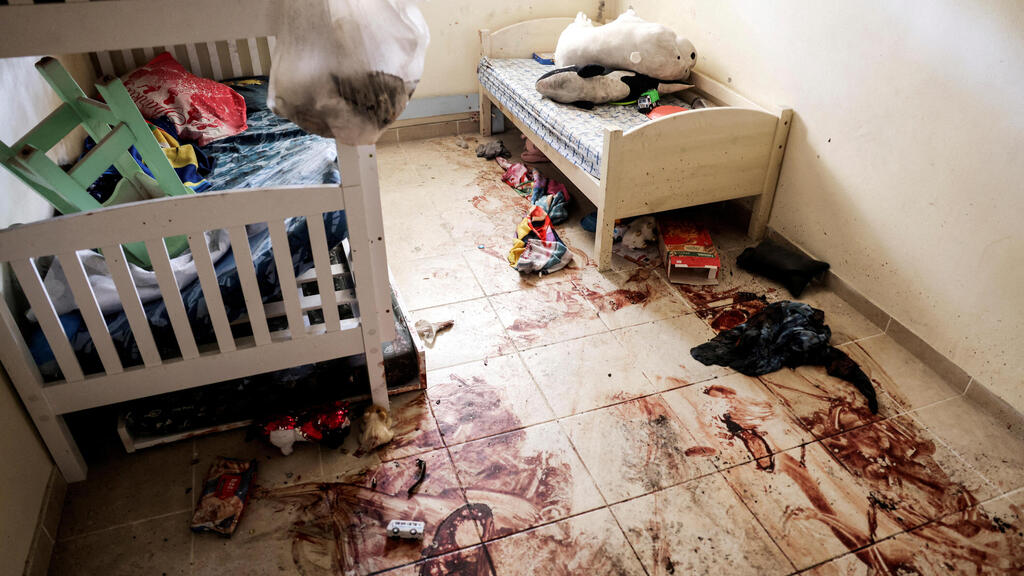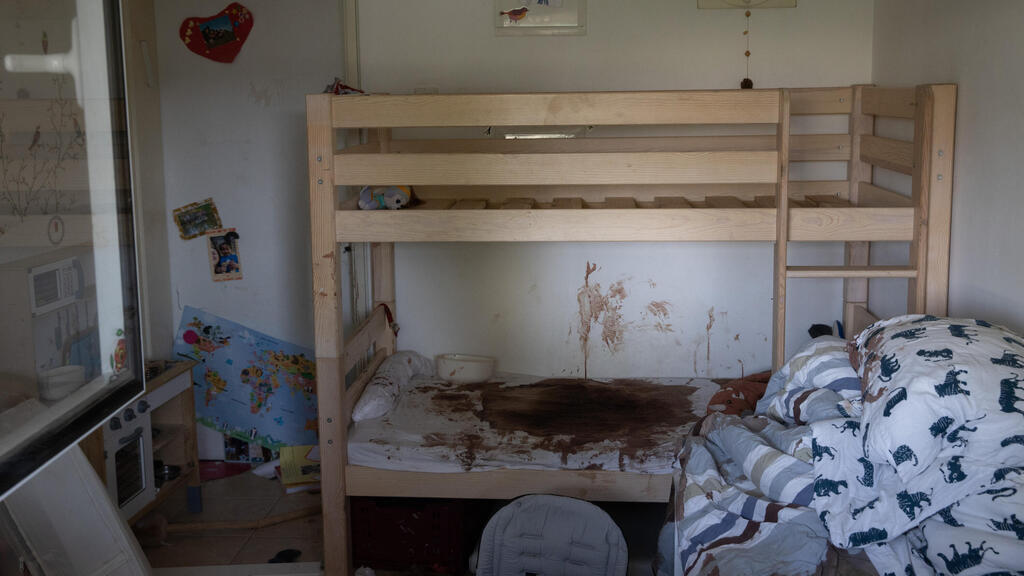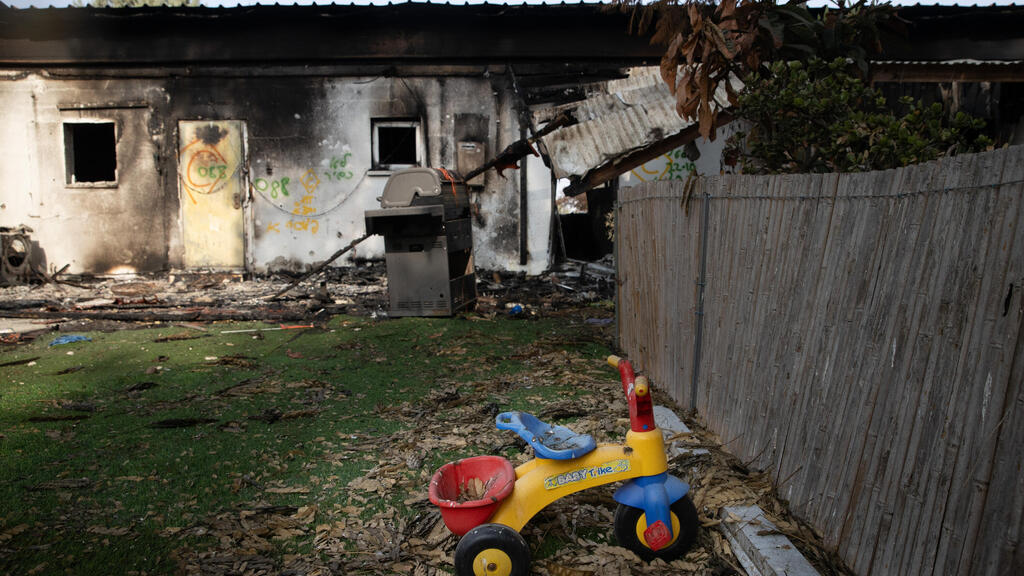Even though the mind and soul cannot absorb more, every passing day brings with it more evidence of the horrors committed by Hamas terrorists as part of the October 7 genocidal attack on Gaza border communities. While Israel enjoys support and understanding from many significant global actors, others cast doubt on the horrors and demand evidence.
Read more:
For example, evidence that babies were beheaded. In many cases, this is a very selective application of doubt. Those doubters immediately adopted Hamas' claim that an Israeli airstrike hit the al-Ahli Arab Hospital in Gaza, a claim that was later proven false. The frustration resulting from this likely pushes Israeli authorities to publish or allow the publication of images of the horrors Israel has never published before, although with blurred identification details and other details. Is this a necessary means to compel the world to focus on the evil Israel is dealing with?
Some respond positively, emphasizing that one picture is worth a thousand words, highlighting the extremity of the circumstances and Israel's vital need to maintain global support for its efforts to eradicate evil. On the other hand, we should not forget our values. The honor of those murdered, tortured and kidnapped obligates us not to collaborate with the enemy's attempt to strip them of their dignity and their human image.
Preventing suffering for the families of the victims requires not subjecting them to the suffering associated with direct exposure to the horrors their loved ones endured and preventing them from suffering the indignity of seeing their dear ones belittled. Some suggest seeking the consent of the families, but is it fair to ask grieving family members for such consent? It is possible that there is no alternative to exposing documentation of the horrors to government, military and intelligence officials of friendly countries, and one day these materials may be used in legal proceedings for crimes against humanity. The situation is different when it comes to public exposure.
The main question is a moral one, although it also has a legal dimension. Basic Law: Human Dignity and Liberty determines that "every person is entitled to privacy and intimacy." The Protection of Privacy Law establishes that "photographing a person while he is in the private domain" is an invasion of privacy. This documentation of those murdered and abducted in their homes, during break-ins or afterward is undoubtedly within their "private domain." The law also prohibits "publishing a photograph of a person in public under circumstances likely to humiliate him or bring him into contempt."
3 View gallery


A children's room in Kibbutz Be'eri after the Hamas massacre
(Photo: Reuters/Ronen Zvulun)
This provision applies, for example, to the documentation of wounded and partially naked abductees paraded through the streets of Gaza. Finally, the law, in a relatively new provision, establishes that an invasion of privacy also includes "publishing a photograph of a victim in public photographed during the event or shortly afterward, in a way that allows identification, and under circumstances in which the publication may embarrass her, except for the publication of a photograph without a significant delay between the time of photography and the time of actual broadcast that does not deviate from what is reasonable under the circumstances; for this matter, 'victim' - someone who suffered physical or mental harm due to a sudden event, and his harm is visible."
This provision applies to "routine" accidents as well as terrorist attacks. A significant number of Supreme Court rulings emphasized that the dignity of man is also the dignity of the deceased, and a person's right to privacy does not die with him.
Are photographs in which the faces of the victims are blurred or which indirectly depict the signs of horror at the scene or the place of the murder the balanced solution to the dilemma? Not always, because it is difficult to guarantee that personal items, body tattoos, unique clothing or other items that could lead to the identification of the victims are not present in the photo. The situation is different when it comes to testimony from survivors or forensic experts, that are not accompanied by visual documentation that includes identifying details.
In the end, it should be remembered that those who seek to deny the horrors will not necessarily be convinced by unequivocal visual evidence. There have already been allegations regarding photos circulated as if they were the result of artificial intelligence programs. We live in a world where a toxic mix of ancient hatred, conspiracy theories and advanced technology makes denying the truth easier. There is no reason to forsake the dignity of our loved ones only to provide visual material for the enjoyment and mockery of modern Holocaust deniers.
Col. (res.) Liron A. Libman, Ph.D., served as the Head of the International Law Department and the Chief Military Prosecutor in the Israel Defense Forces (IDF). Today, he is a private attorney, a mediator, and a lecturer at the Sapir Academic College.



